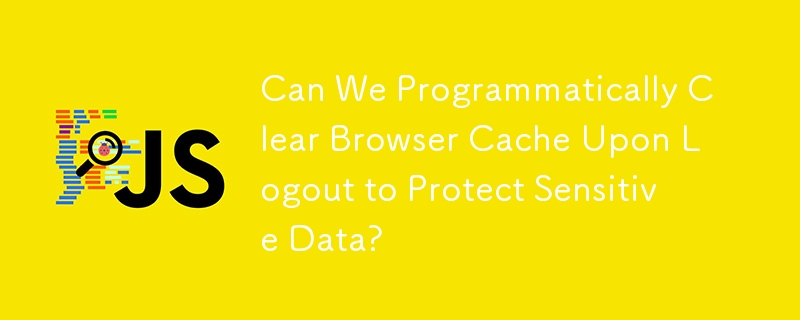Found a total of 10000 related content

PHP and JSON data: Optimizing browser cache policy and cache failure technology
Article Introduction:In response to the problem that the browser cache after the local JSON data is updated in PHP applications, the article explores the browser cache mechanism in depth and provides a filemtime-based effective cache failure (Cache Busting) strategy. By embedding file modification timestamps in the file path, ensure that the client browser can always request the latest version of JSON data, thereby avoiding unnecessary cache troubles.
2025-08-20
comment 0
694

LRU (Least Recently Used) Cache Data Structure
Article Introduction:LRU (Least Recently Used) Cache is a type of cache that evicts the least recently accessed item when the cache exceeds its capacity. It's useful in scenarios where memory is limited, and you want to cache only the most frequently accessed data.
In J
2024-10-22
comment 0
826
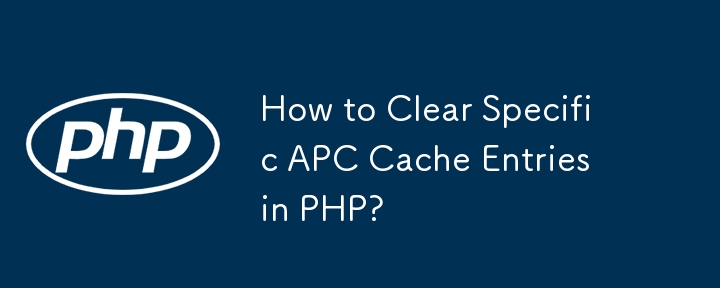
How to Clear Specific APC Cache Entries in PHP?
Article Introduction:Clearing APC Cache Entries: A Comprehensive GuideIn web development, it's often necessary to clear the APC (Alternative PHP Cache) cache when...
2024-10-28
comment 0
637
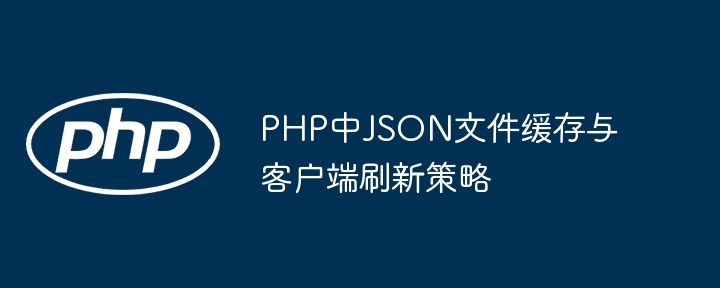
JSON file cache and client refresh policy in PHP
Article Introduction:This article discusses the caching problem and solutions of JSON files in PHP applications on client browsers. When local JSON data is updated, the client browser may not be able to obtain the latest data due to the cache mechanism, resulting in the user needing to manually clear the cache. The article details how to use PHP's filemtime function to generate dynamic versioned URLs to achieve efficient cache failure (Cache Busting), ensure that the client can always obtain the latest version of JSON data, avoid common configuration misunderstandings, and provide practical code examples and precautions.
2025-08-20
comment 0
741


Quick Tip: How to Cache Data in PHP
Article Introduction:This tutorial quickly explains the PHP caching mechanism and its applications.
Efficient performance is the key to PHP application development. Facing thousands or even millions of users, the performance and availability of web applications face huge challenges. Caching technology can effectively avoid performance bottlenecks and improve application efficiency.
Core points
The cache stores frequently accessed data in a temporary location, reducing the number of times data is read from the original location, thereby improving PHP application performance.
Output buffering is a technique in PHP that stores script output in a buffer before being displayed to the user, allowing modifications or other operations before being displayed.
PHP provides a variety of cached data functions, such as apc_store(), memcache_set() and xcache_s
2025-02-08
comment 0
693
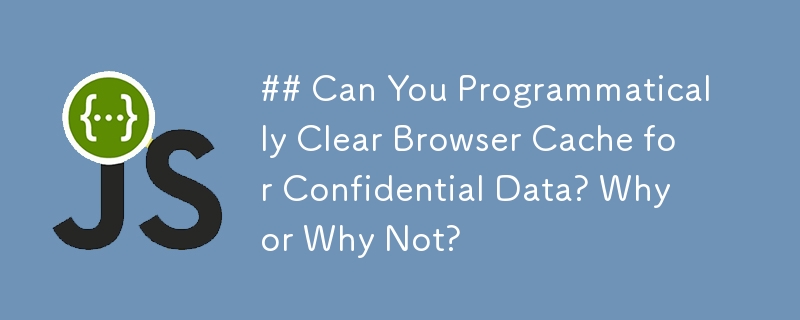
Methods for implementing cache acceleration in PHP and MySQL combined with Redis
Article Introduction:Redis is needed to speed up the combination of PHP and MySQL, because Redis can significantly increase data access speed and reduce database query burden. Specific methods include: 1. Cache MySQL query results into Redis to reduce the number of direct queries; 2. Use publish-subscribe mode or transaction to ensure cache consistency; 3. Prevent cache penetration through Bloom filters; 4. Set different expiration times or use distributed locks to avoid cache avalanches; 5. Implement hierarchical cache, data warm-up and dynamic adjustment strategies to further optimize performance.
2025-05-28
comment 0
499
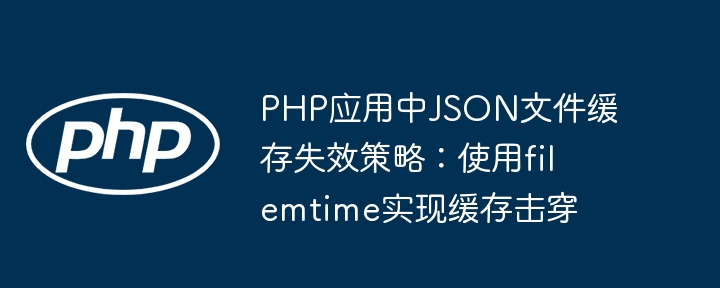
JSON file cache failure strategy in PHP application: use filemtime to achieve cache breakdown
Article Introduction:When a PHP application uses local JSON files as the data source, the client browser may cache these files, causing the user to still see the old content after the data is updated. This article will explore in depth why it is invalid to directly add version query strings in the file_get_contents path, and explain in detail how to use the filemtime function to add version numbers to the JSON file URL requested by the client, thereby effectively realizing browser cache breakdown and ensuring that users always get the latest data.
2025-08-20
comment 0
723
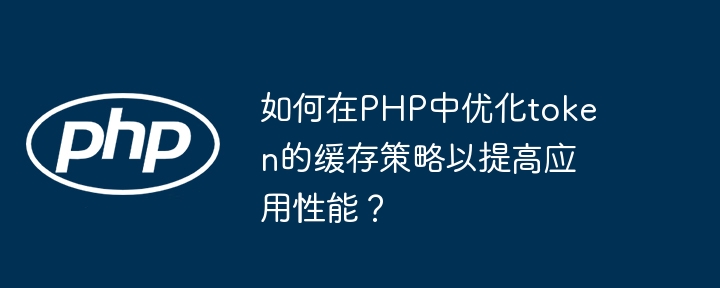
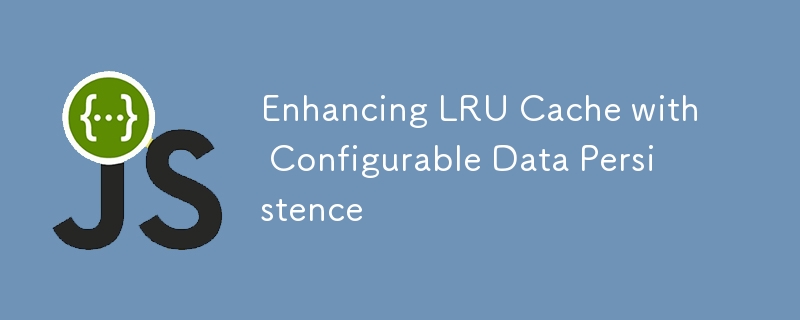
Enhancing LRU Cache with Configurable Data Persistence
Article Introduction:Building on the foundations of this guide on creating an in-memory cache, we’ll take it further by introducing configurable data persistence. By leveraging the Adapter and Strategy patterns, we’ll design an extensible system that decouples storage me
2024-12-26
comment 0
782
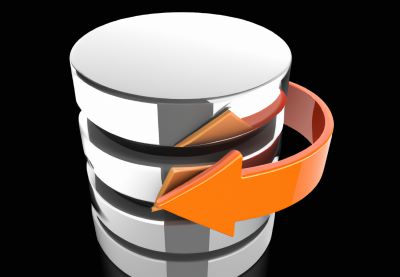
Set Up Caching in PHP With the Symfony Cache Component
Article Introduction:This tutorial introduces the Symfony Cache component, a straightforward method for integrating caching into your PHP applications. Caching significantly enhances application performance by reducing page load times.
The Symfony Cache Component: A Dee
2025-03-02
comment 0
952
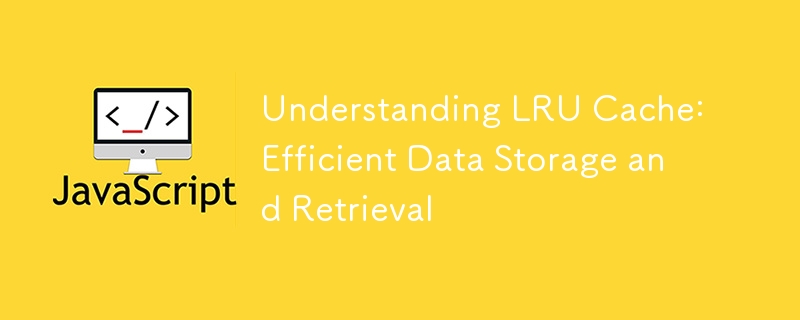
Understanding LRU Cache: Efficient Data Storage and Retrieval
Article Introduction:Efficient data storage and retrieval is a crucial aspect of software development, particularly when dealing with substantial datasets or limited memory. The Least Recently Used (LRU) Cache offers an elegant solution to this common challenge. This po
2025-01-18
comment 0
788

Improve application performance: Optimize data access using PSR-16 cache interface
Article Introduction:I encountered performance bottleneck issues when developing a high traffic website. Each user request requires data from the database, resulting in too long response time and greatly reduced user experience. In order to solve this problem, I decided to introduce a caching mechanism, but I felt a little confused when facing the choice and implementation of various cache libraries. Finally, I found the PSR-16 cache interface, which provides a standardized way to handle cache issues, greatly simplifying my development process.
2025-04-18
comment 0
834
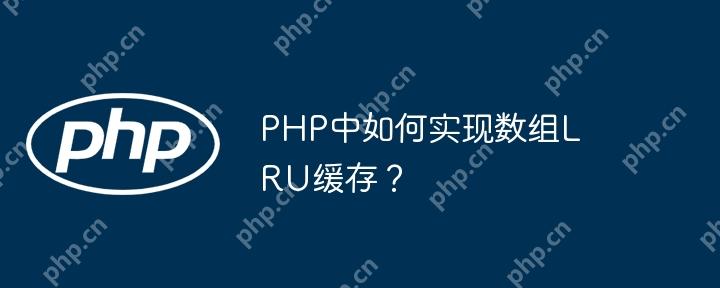
How to implement array LRU cache in PHP?
Article Introduction:Implementing LRU cache in PHP can simulate bidirectional linked list structure by using associative arrays and index arrays. The specific steps are as follows: 1. Create an LRUCache class and initialize an array of capacity, cache and access order. 2. Implement the get method, return the value and update the access order. 3. Implement the put method, add or update elements, and remove the longest-lasting elements if necessary. This method is simple and easy to understand, but performance may decline under large data volumes.
2025-05-23
comment 0
709
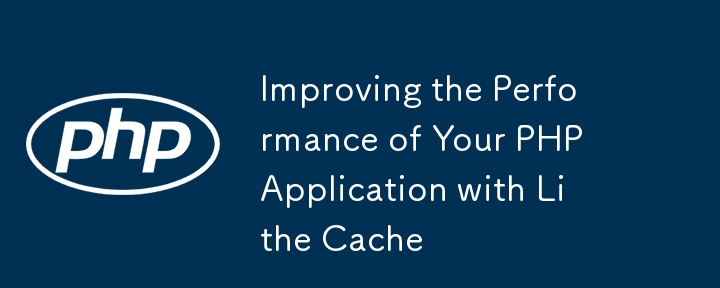
Improving the Performance of Your PHP Application with Lithe Cache
Article Introduction:Hello, community! Today, I want to share with you how to use Lithe Cache, a simple and efficient caching module that utilizes the filesystem. Lithe Cache is a great option for anyone looking to improve the performance of their PHP applications, allow
2024-11-05
comment 0
832












